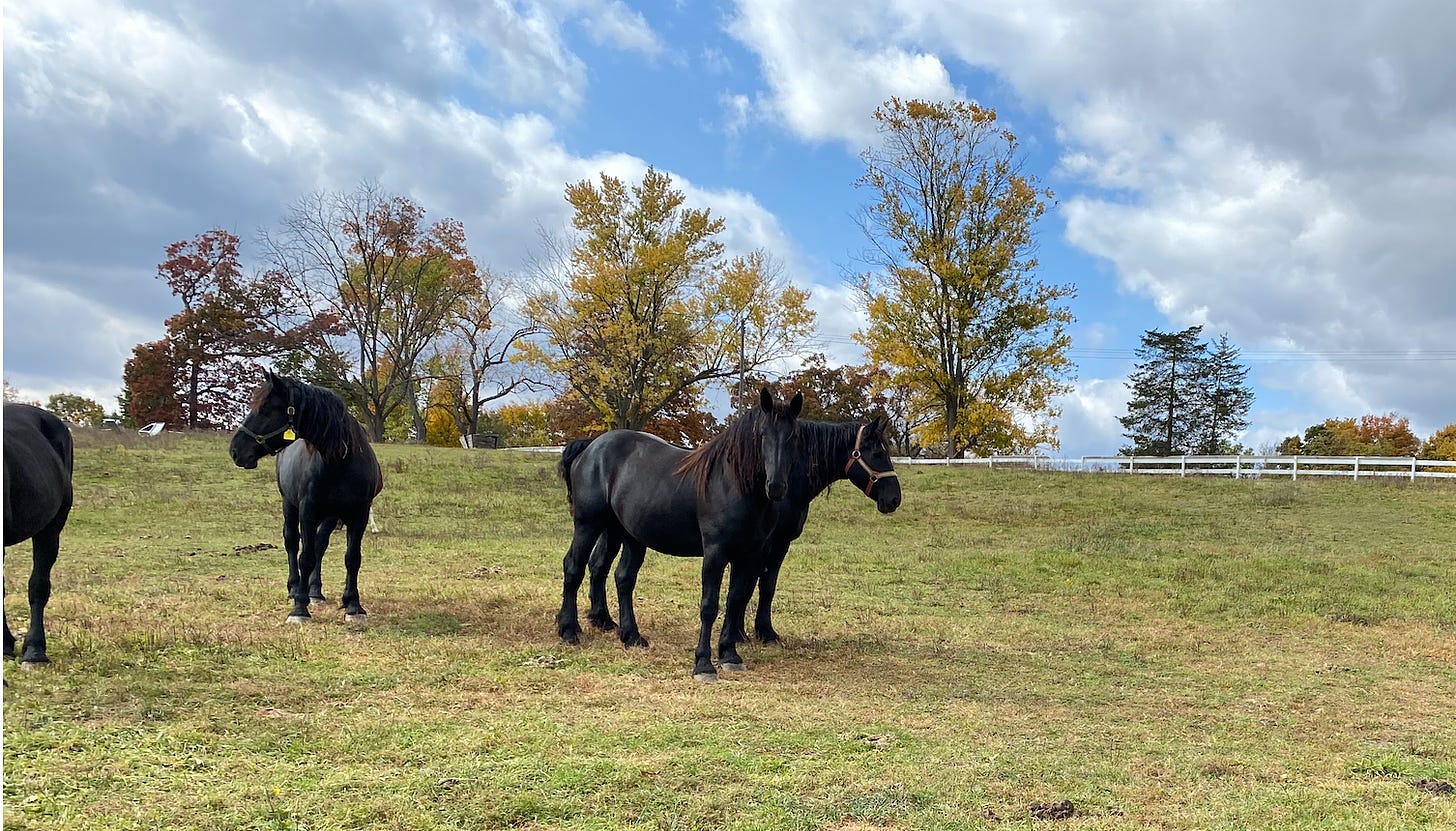If you read my post about New Year’s resolutions you probably saw that at the top of my list of things to do more of this year was “STRETCHING.” I made that decision feeling like stretching is one of those unavoidable necessities now that I’m firmly in my thirties and everything hurts more than it used to.
My approach to most things in my life is haphazard. I have historically struggled to discipline myself in anything other than writing and school; I have yet to make my peace with the fact that the answer to just about everything in adulthood is more time, more patience, more research, more rigor. More work. Just once in life it would be nice to find out that the way to do something better is trying less hard at it but it seems like that’s not going to be the case.
How I’ve treated my body is no different.
When the mood strikes I like nothing better than to go run hard in a frisbee game, or play pickleball in the park until my legs are aching, or to throw on a backpack and carry my life with me into the woods for double-digit miles. But when these experiences are over I am completely spent, and I often do little physical activity at all in the day or two following. I seem to lack the essential hardware to take care of my body on a regular basis with attention and focus.
I tend to treat my body badly, in other words, as though it were some instrument outside of myself rather than the vast majority of myself. But my recent foray into stretching, and what I hope passes for yoga, requires me to break that habit of making my physical self a third party. It forces me to pay attention to every inch—when it feels good, like getting into a piriformis stretch, or when it sets aflame tendons and muscles I didn’t know I had. It reconnects my mind and my body as a single entity—helpfully, my girl Yoga With Adriene makes that connection explicit and calls it just that as she sets intentions for her pupils: the mindbody. I like how that term at once gives concrete shape to the abstractness of thought, and extends the power of consciousness to the limbs, the torso, the innards. (If it’s good enough for an octopus, why not for me?)
As is so often the case when I’m trying to piece together some new sense of the world. I turn to poetry. Gwendolyn Brooks, in her tremendous “Horses Graze,” writes of those animals:
They do not wish that they were otherwhere. Perhaps they know that creature feet may press only a few earth inches at a time, that earth is anywhere earth
For organisms blessed and cursed with our specific kind of consciousness, this kind of presentness is maddeningly difficult to achieve. How often, in a day, do we wish that we were otherwhere? How often are we vaguely dissatisfied, imagining that if things were just a little bit different we would be happier, be fixed?
Brooks reminds us that earth is anywhere earth, that we can ever only do so much. a few earth inches at a time. We probably wouldn’t trade places with a horse or a cow, even ones so placid and pastoral as the ones in the poem, but that doesn’t mean that we can’t learn from their example.
Thanks, as always, for reading. I’ll talk to you next time.
-Chuck
PS - If you liked what you read here, why not subscribe and get this newsletter delivered to your inbox each week? It’s free and always will be, although there is a voluntary paid subscription option if you’d like to support Tabs Open that way.







